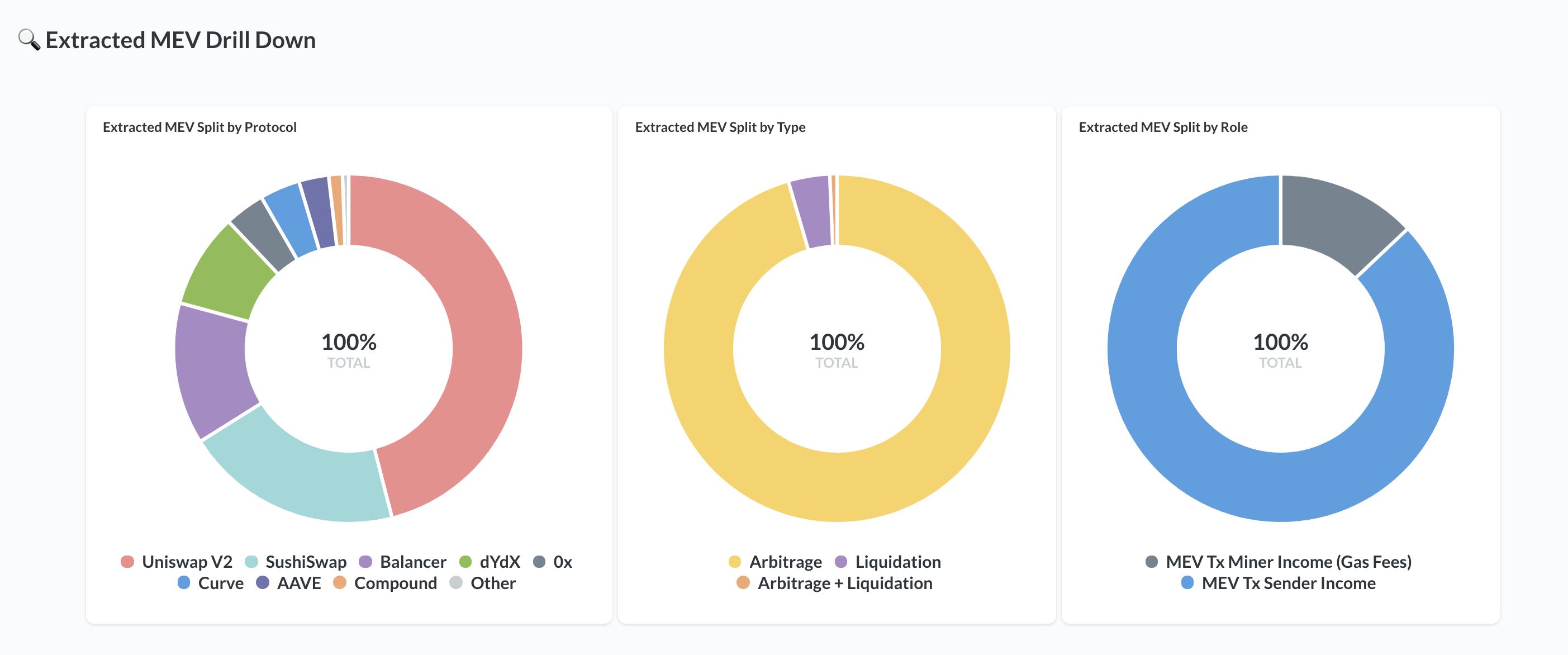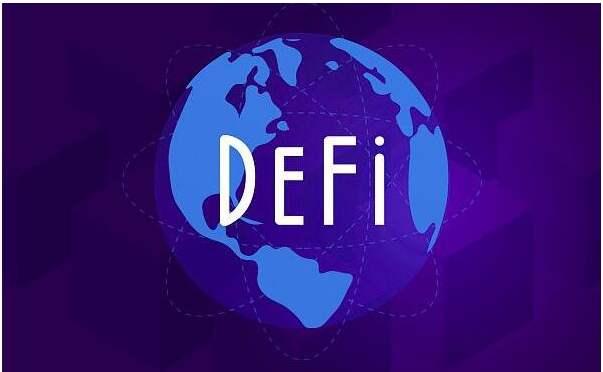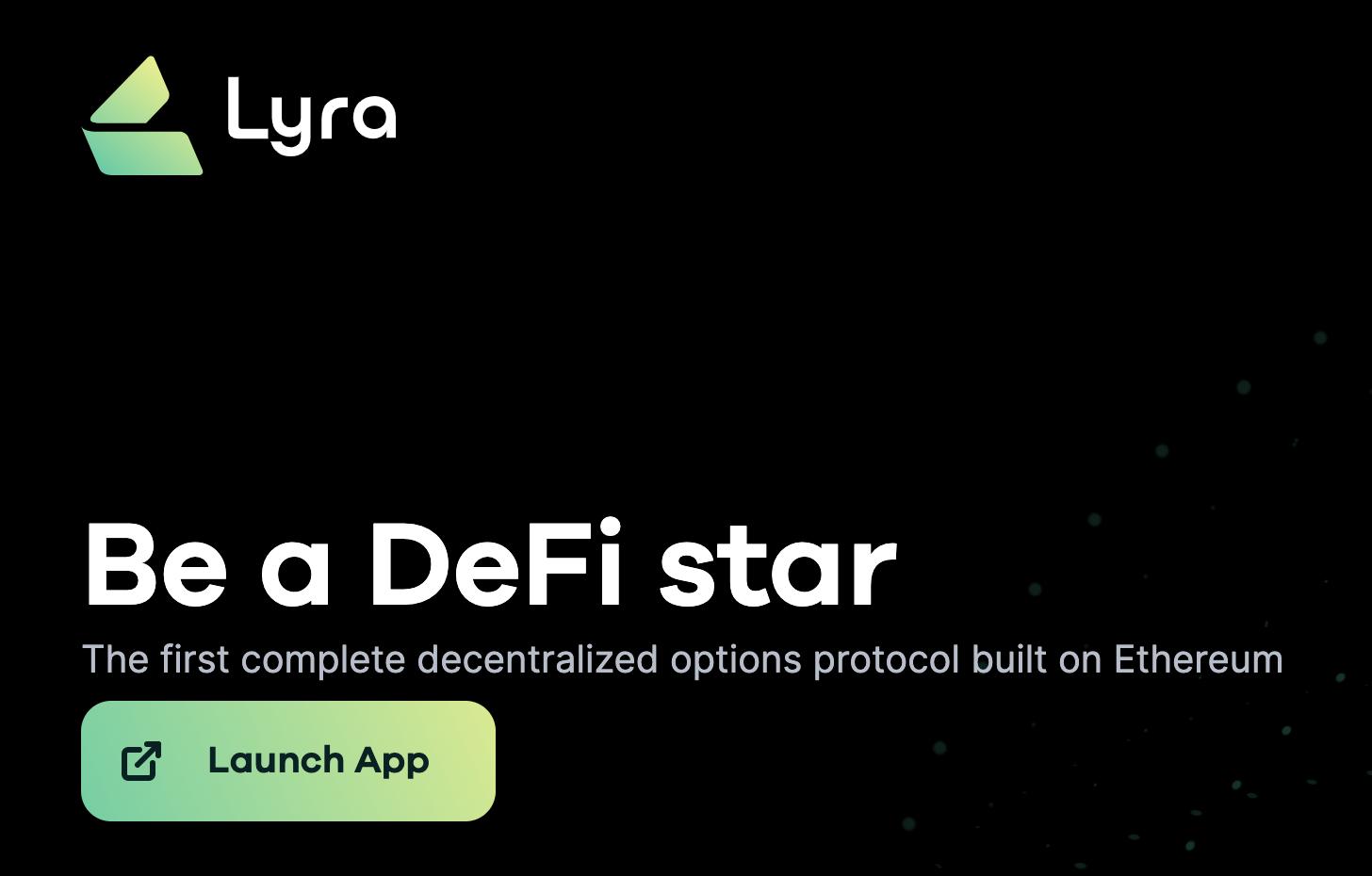Flashbots and KeeperDAO: Guardians of MEV Value
This article is an original piece by Chain Catcher, author: Loners Liu.
In recent days, Ethereum's gas fees have reached a low point not seen in nearly two months. According to Etherscan data, the average gas price for Ethereum network transactions on April 13 was 91 Gwei. Some say this is due to the rapid development of BSC, which has captured Ethereum's funds and user base, but there has been no decline in transaction volume.
Just yesterday, Flashbots researcher and developer Stephane Gosselin tweeted that over 58% of the hash power on Flashbots is now activated, meaning that many front-running bots in transactions have been outperformed by Flashbots. Some Ethereum developers speculate that Flashbots has played a role in significantly reducing gas fees on Ethereum.
Front-running is not uncommon in traditional finance. Take Robinhood, a zero-commission online brokerage, as an example. When users submit trade orders to Robinhood, the company hands those orders over to high-frequency market makers (system internalizers), who first place a small trade to create a wide bid-ask spread, then arbitrage within that range. By the time the user's trade order reaches the exchange, these high-frequency market makers have already intercepted it several times.
Similarly, if a user trades a large order on a decentralized exchange, they might find that it has been preemptively bought by a bot in their browser, which then sells it after the transaction is completed, as if their broker knew in advance which stock they wanted to buy and placed an order ahead of them. This is happening in real-time on the blockchain.
Especially with the popularity of AMM-based DEX trading, the transactions packaged by miners are no longer limited to transfers between users; there is an increasing number of transaction orders that involve value transfer. If a transaction has the potential to widen the price gap, it can be front-run, making the order of transactions extremely important.
So how many such transactions are there? According to MEV-Explore data, since January 1, 2020, miners extracting MEV (on-chain profit, also known as miner extractable value) have accounted for at least 3% of the overall gas consumption of the Ethereum network, with 88.5% captured by DeFi traders and arbitrage bots, and only 11.5% of the value captured by miners in the form of transaction fees. More and more miners are joining this game.
Flashbots
How does Flashbots prevent arbitrage bots from causing havoc in Ethereum's "dark forest"? According to the official GitHub description, Flashbots has three goals: to democratize MEV income, to make MEV activities transparent, and to redistribute MEV income. So far, they have released two projects: Flashbots Alpha and MEV-Explore. Below is a brief introduction to these two products:
Flashbots Alpha
On January 6, 2021, we entered the Flashbots Alpha phase by establishing a proof-of-concept communication channel between transaction seekers and miners. This proof-of-concept consists of two parts: MEV-Geth (a special Ethereum Geth client) and MEV-Relay (a transaction bundling relay).
Miners delegate transaction discovery and ordering to third-party "transaction seekers." Seekers compete with each other to find the most profitable transaction order and bid to include it in the next block using a standard "transaction bundle" template. Miners evaluate bundled transactions through sealed auctions, generating a "block template" with transaction sequence information for mining on-chain.
Flashbots Alpha Operation Process:
Users can broadcast a transaction bundle called Bundle using MEV-Geth, which includes:
One or several transactions that may be pending in the transaction pool of transaction seekers and/or other users.
A sealed tip paid to miners by transaction seekers via a smart contract call
block.coinbase.transfer().Additionally, the bundle has the following properties:
Each block can only have one bundle (future updates will allow multiple bundles to be merged).
Flashbot bundles will always be in the top slot of the block.
MEV-Relay receives the bundle and sends it to all whitelisted MEV-Geth miners.
Miners receive Flashbots bundles from MEV-Relay and process them in MEV-Geth.
MEV-Geth selects the most profitable bundle from all received bundles.
Then, MEV-Geth compares the block containing this bundle with a block that does not contain any bundles.
Tips associated with their bundles are only paid if the transaction seekers' bundles are included in a block.
If the bundle is not included, the seekers do not incur any costs (i.e., no gas fees for failed transactions).
How MEV-Explore Works
MEV-Explore is a real-time information dashboard and browser for Ethereum MEV trading, showcasing MEV value, extraction value classification, network activity, latest MEV transactions, MEV gas fee consumption, and other related information. The data on the MEV-Explore website is updated every three hours.
MEV-Explore collects and builds foundational data for the dashboard through MEV-Inspect, which crawls the blockchain to scan Ethereum and identify MEV extraction activities. It uses certain techniques to scan each transaction in the transaction pool, parse its parameters (e.g., transaction caller), and determine whether front-running it would be profitable.

MEV-Explore currently covers eight DeFi protocols: Aave, Balancer, Compound, Curve, DyDx, Sushiswap, Uniswap V2, and 0x. MEV-Explore categorizes extracted MEV by type: arbitrage, liquidation, and arbitrage + liquidation. Currently, it only covers single transaction MEV opportunities, excluding sandwich trades or multiple arbitrage transactions, and does not cover arbitrage from decentralized exchanges to centralized exchanges, as transaction records on centralized exchanges are not accessible.
KeeperDAO
While Flashbots aims to eliminate information asymmetry and redistribute MEV income to miners, KeeperDAO seeks to facilitate cooperation between the protocol's "liquidators" and users to maximize benefits for both parties. Liquidators compete in auctions, causing most MEV to flow directly to miners, which is aptly described by the saying "when the clam and the snipe fight, the fisherman benefits." Additionally, liquidator auctions can lead to network congestion, significantly impacting user experience.
KeeperDAO acts as a shared liquidity pool, serving as an on-chain liquidity underwriter, primarily composed of liquidity providers and keepers. Liquidity providers can deposit their ETH, USDC, DAI, and other mainstream assets into the liquidity pool to earn returns, while keepers, also known as "liquidators," utilize KeeperDAO's pool funds to coordinate, capture, and distribute MEV for users and liquidators. For example, arbitrage between different DEXs and liquidation of bad assets on lending platforms like MakerDAO, Compound, and Aave.
Keepers can use the pool funds for arbitrage and return the profits to KeeperDAO. After the transaction is completed, KeeperDAO will also mint its token $ROOK to reward traders (keeper fee), compensating for losses due to slippage. They can also participate in liquidations of some lending protocols, allowing KeeperDAO to slightly preemptively liquidate, with profits returned to users in $ROOK tokens. KeeperDAO rewards liquidity providers, keepers, and participating users. Not only can liquidators profit, but users' losses will also be reduced.
The advantage of KeeperDAO over individuals is the ability to leverage a public liquidity pool to participate in larger on-chain arbitrage opportunities. Currently, only KeeperDAO liquidators (whose addresses need to be whitelisted) have the authority to access some hidden orders. The official statement indicates that this is mainly to avoid gas bidding, which somewhat lowers the entry barrier for ordinary users to participate in liquidations but also raises concerns about centralization.

Additionally, KeeperDAO has stated on Twitter that it is not a competitor to Flashbots and has revealed plans to collaborate with Flashbots in the future to jointly address the long-standing MEV issues on Ethereum.

Conclusion
The rise in Ethereum's price and the healthy development of DeFi have made it impossible for miners to ignore the content of transactions and sort them solely based on miner fees. This has also exposed the negative externalities brought about by MEV, including network congestion and chain congestion. What Flashbots and KeeperDAO are essentially doing is redistributing MEV value, protecting Ethereum from the impact of MEV arbitrage behaviors among miners, and democratizing value extraction.
Of course, in addition to these two products, there are solutions like "privacy trading," which refers to mining pools establishing dedicated channels where transactions entering the mining pool's transaction pool are not broadcast externally but are still sorted and packaged based on gas price priority.
For example, a product developed by Spark Pool called Taichi Network aims to address the common issue of front-running on the Ethereum network. Taichi "pushes directly received transactions into the mining pool's mempool," bypassing the traditional mempool, leaving arbitrageurs with no options. Meanwhile, if a transaction is indeed front-run, theoretically, the only suspect would be the mining pool.











